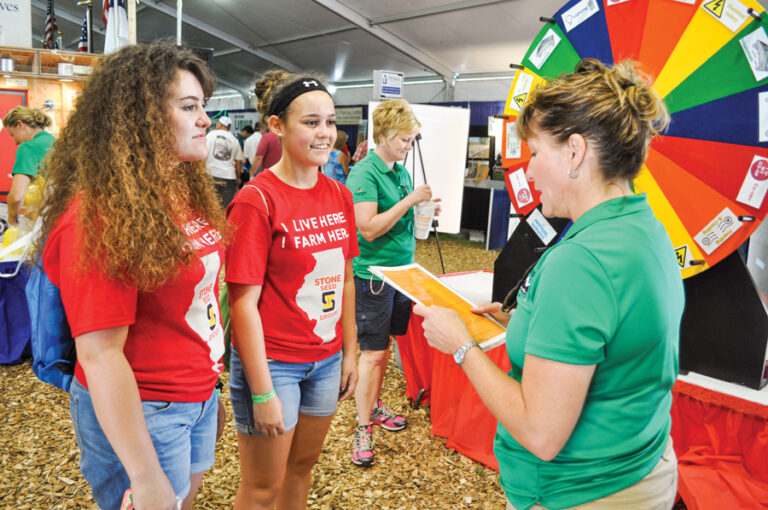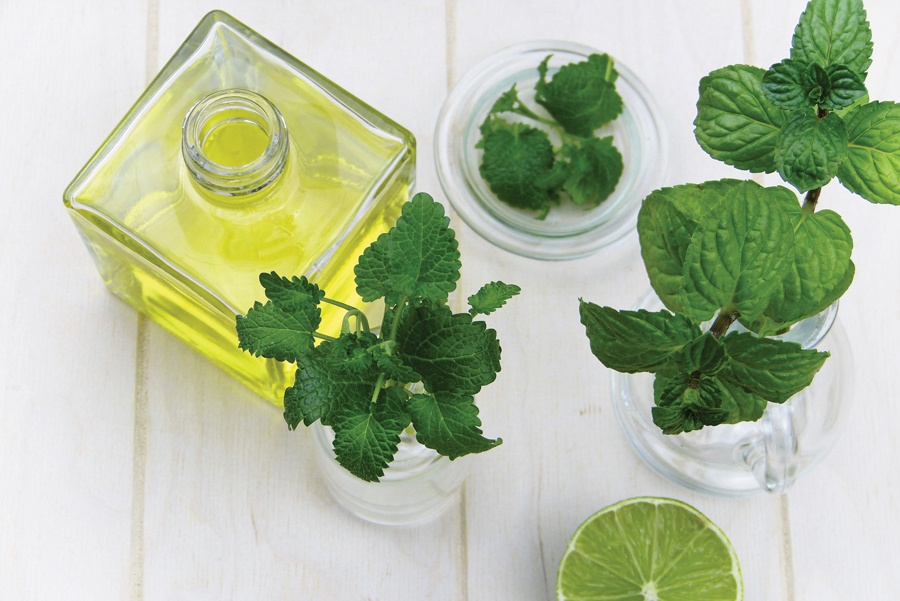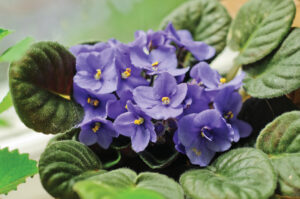Poisonous plants have been in the news lately, and for good reason. Many plants in Illinois can cause skin irritation. If you spend time outdoors, be aware of these plants. We’ll break these plants into categories.
Poison plants
Poison plants contain a toxin called urushiol oil, which is in the sap of the plant. Touching this plant can cause skin rashes and blisters. This includes poison ivy, oak and sumac.
Poison ivy is common in Illinois. The main characteristic of poison ivy is the trifoliate leaves. “Leaves of three, let it be,” as they say. It can grow as a vine or low shrub and produces greenish-white berries.
Poison Oak can also be identified by trifoliate leaves; however, it is a shrub with hairy leaves that have an oak-like appearance. Poison Sumac is a shrub or small tree that can grow from 6 to 20 feet tall. Luckily for us in Illinois, poison oak and sumac are traditionally found in other parts of the U.S.
Skin irritant plants
Including spurges, poinsettias, pencil cactus, daffodils, hyacinths and buttercups, skin irritant plants can cause skin irritations, and the reaction varies from person to person.
Spurges often have a milky sap that is a mild skin irritant but is also poisonous and considered carcinogenic. Like cow parsnip and giant hogweed below, exposure to the sun induces irritation. There are many plants that belong to this group.
Photo dermatitis plants
Mainly members of the carrot family, like Queen Anne’s lace, wild parsnip and giant hogweed, are considered photo dermatitis plants. The rue and mulberry families also have culprits including garden rue, gas plant and fig trees. The reaction is caused by furocoumarin chemicals in the plants in combination with sunlight. Blisters form in a few hours after exposure to the plant saps and sunlight.
Giant hogweed and cow parsnip: Although rare in Illinois, be aware of giant hogweed. It can reach a height of 15 feet, stems up to 4 inches in diameter, leaves 5 feet broad, and the inflorescences can get up to 2.5 feet across. Cow parsnip, which is common in Illinois, has lobed leaves which are not as deeply lobed as giant hogweeds. The stems of cow parsnip are green or light purple and have fine hairs giving it a fuzzy appearance. Giant hogweed has coarse hairs and purple blotches. The reaction from giant hogweed is more severe than cow parsnip, resulting in large blisters and red/purple rashes that can scar.
Wild parsnip: The stem of wild parsnip is somewhat hairy, grooved and 2 to 5 feet tall. Flowers are yellow and arranged in an umbrella shape. If the juice from broken stalks, leaves or flowers contacts skin and then is exposed to sunlight, a rash can result 24-48 hours later. Wild parsnip is easier to identify from the other photo dermatitis causing plants because of the yellow flower.
Poison hemlock: This carrot family member resembles wild carrot and has the characteristic umbrella shaped inflorescence of small white flowers and leaves that extend at the base sheathing the stem. Poison hemlock can be identified by the purple blotches on the stem. The leaves of poison hemlock are also more dissected compared to wild carrot and the plant reaches 3 to 7 feet tall. Although poison hemlock is more known for poisonings as a result of ingesting, the plant’s natural oils may absorb through the skin.
Stinging plants
Stinging plants have nettles. Touching a nettle can cause a toxic reaction. However, the initial/immediate reaction does not last long and has no lasting effect.
Stinging nettle: Touching stinging nettle can produce itching and welting. This plant is armed with small hairs that can inject a cocktail of histamine, serotonin, acetylcholine and formic acid when touched. Stinging nettle often grows in patches and can grow up to 5 feet but is typically between 2 to 3. To identify nettles, look at the stems to see if stinging hairs are present.
Exposure to any of these plants can be mitigated by wearing gloves, long pants and long-sleeved shirts when in outside areas that could contain these plants. Plan weeding activities for later in the evening, during low levels of sunlight, to avoid activating the blistering process of the photo dermatitis plants.
If you think you’ve found a population of any poisonous plant, DO NOT TOUCH! Instead, take close-up photos of the leaves, flower heads and stem, and contact the Extension Master Gardener volunteers at your local Extension office.










